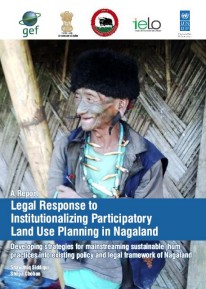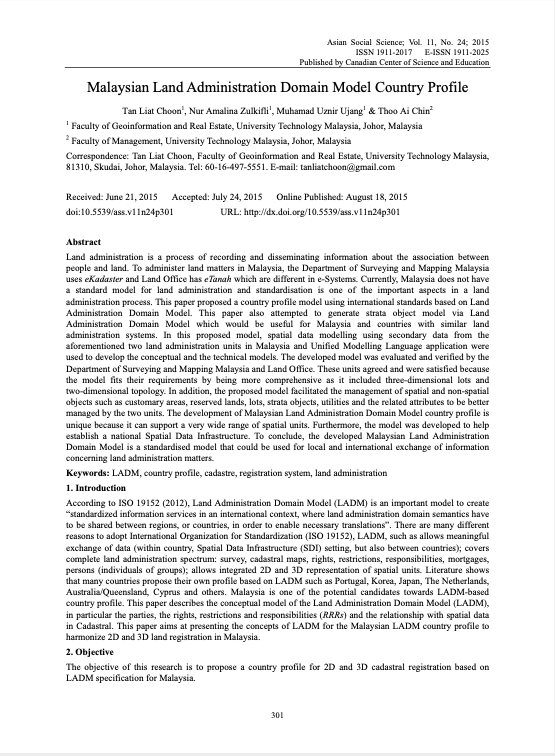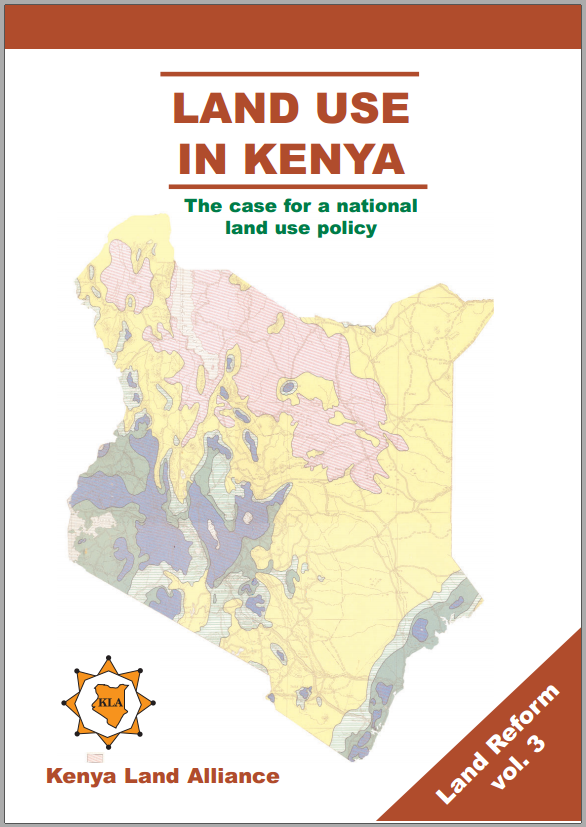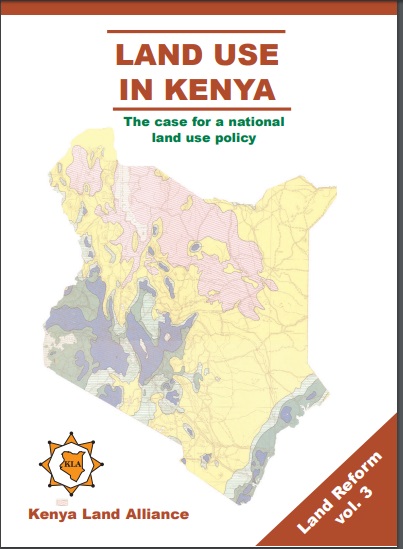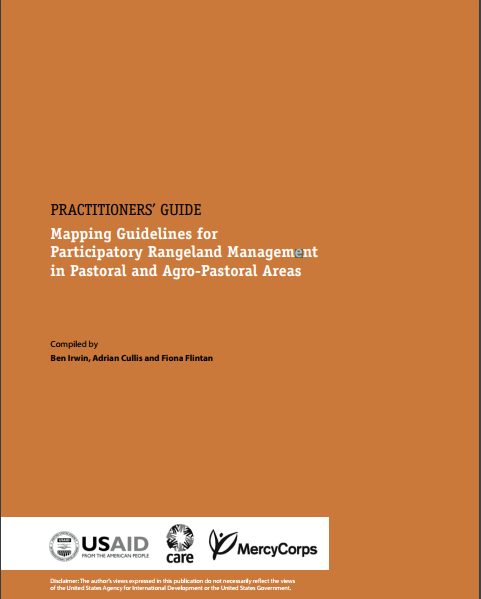Charte mondiale des sols révisée
Des sols sains sont une condition préalable essentielle pour satisfaire divers besoins en nourriture, biomasse (énergie), fibre, fourrage et autres produits; et pour assurer la fourniture de services écosystémiques essentiels dans toutes les régions du monde. Cependant, les ressources en sol de l’humanité sont confrontées à des pressions sans précédent. Il s’agit notamment de diverses formes de dégradation des sols, dont l’imperméabilisation liée à une urbanisation rapide, qui ont de graves conséquences. La sécurité alimentaire et l’équilibre écologique de la planète sont menacés.

